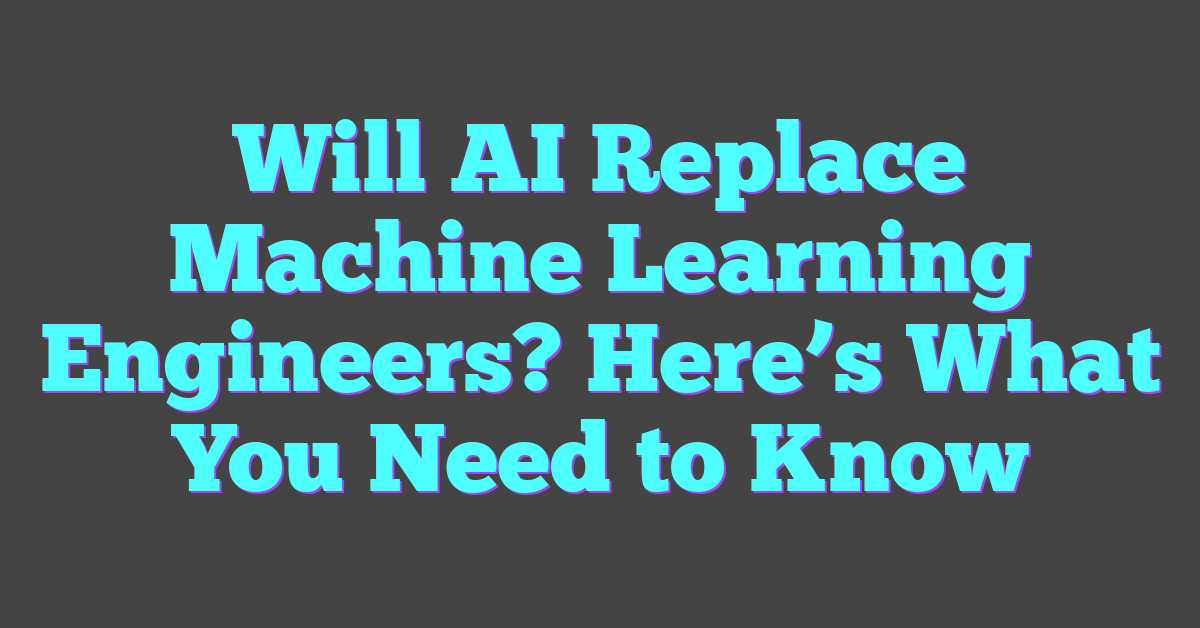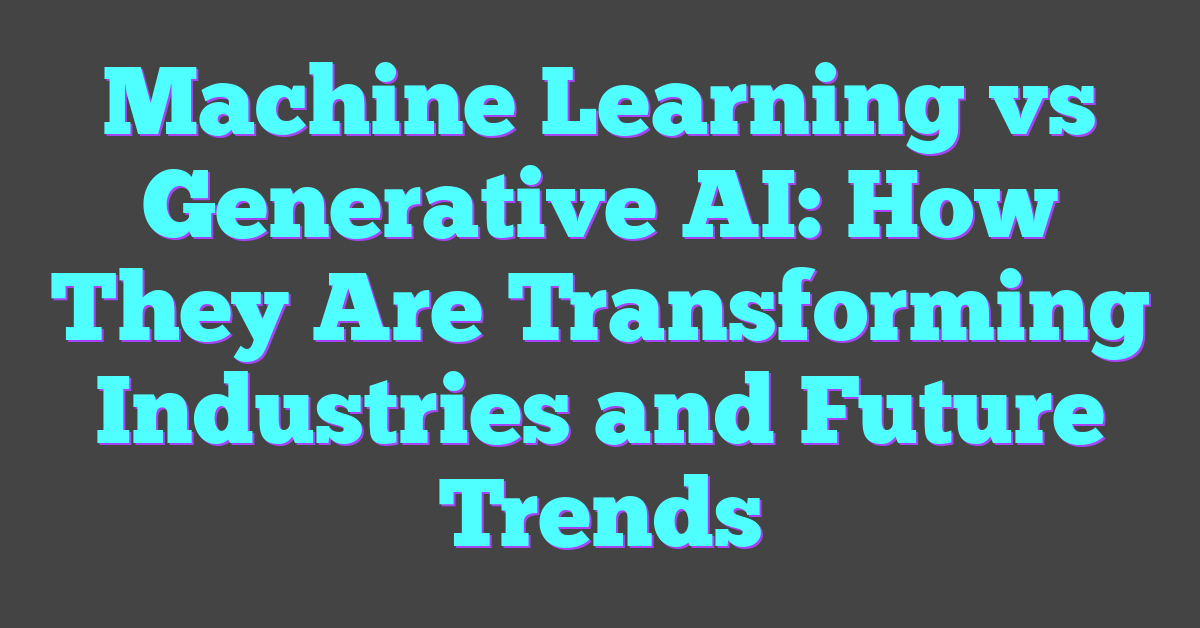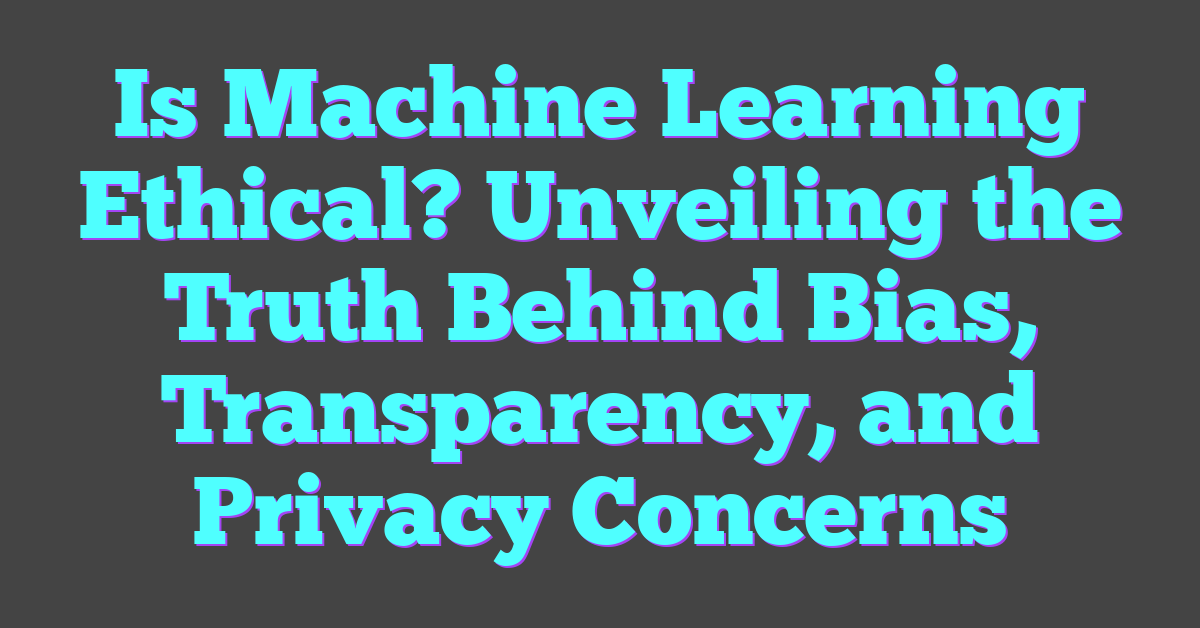Machine learning isn’t just a buzzword anymore; it’s transforming industries, and web development is no exception. By integrating machine learning into web projects, developers can create smarter, more responsive websites that offer personalized user experiences and predictive analytics.
Imagine a website that learns from user behavior, tailoring content and recommendations in real-time. From chatbots that understand natural language to recommendation engines that suggest products based on browsing history, the possibilities are endless. This article will explore how developers can harness the power of machine learning to take their web development projects to the next level.
Understanding Machine Learning in Web Development
Machine learning (ML) brings numerous possibilities to web development, from enhancing user interaction to automating complex tasks. By leveraging ML, developers can create more intuitive, responsive applications.

What Is Machine Learning?
Machine learning, a subset of artificial intelligence, involves systems that learn and improve from experience without explicit programming. It uses algorithms to identify patterns in data, making predictions or decisions based on new inputs. Examples include recommendation systems, fraud detection, and natural language processing.
Benefits for Web Developers
Machine learning offers several benefits for web developers:
- Enhanced User Experience: ML personalizes content, recommendations, and interactions. For instance, Netflix’s recommendation system suggests shows based on viewing history.
- Automation of Repetitive Tasks: ML automates mundane tasks, saving time. Chatbots answering common queries in e-commerce sites exemplify this.
- Improved Security: ML detects unusual patterns and potential threats. Credit card companies use ML for fraud detection.
- Optimized Performance: ML analyzes user behavior to optimize loading times and resource allocation. Google uses ML to manage search algorithms for better performance.
These features underscore the potential of integrating machine learning in web development, allowing developers to build smarter, efficient, and user-friendly web applications.
Key Applications of Machine Learning in Web Development
Machine learning transforms web development by providing cutting-edge solutions for personalization, optimization, and automation. It’s especially powerful in crafting personalized experiences and enhancing SEO strategies.
Personalizing User Experience
Personalizing user experience is a primary application of machine learning in web development. Machine learning models analyze user data, including browsing history, preferences, and interactions, to tailor content and interfaces to individual users. For instance, e-commerce platforms suggest products customers are likely to purchase based on their past behavior. Streaming services, like Netflix, recommend shows and movies aligned with user preferences, keeping viewers engaged. User data drives these personalized experiences, creating more interactive, user-friendly websites.
Enhancing Search Engine Optimization
Enhancing search engine optimization (SEO) through machine learning boosts website visibility in search results. Machine learning algorithms analyze user behavior and search patterns to inform SEO strategies. These algorithms identify relevant keywords, optimize content, and improve search rankings. For example, Google’s RankBrain uses machine learning to better understand search queries, providing more accurate results. Web developers can leverage machine learning tools, like ClearScope and MarketMuse, to create SEO-friendly content that resonates with search engines and users alike, ensuring higher organic traffic and better engagement.
Tools and Frameworks for Integrating Machine Learning
Incorporating machine learning into web development can seem daunting, but several tools and frameworks simplify this process. Choosing the right resources can streamline integration and enhance project efficacy.
Popular Libraries and APIs
Several libraries and APIs make integrating machine learning into web development more manageable:
- TensorFlow.js: This powerful library allows developers to create, train, and deploy machine learning models directly in the browser. It’s ideal for real-time, user-interactive applications.
- scikit-learn: A cornerstone for data analysis and machine learning, this Python library offers simple, efficient tools for data mining and analysis. It supports a broad range of algorithms and is highly compatible with web applications involving data-driven predictions.
- Keras: This high-level neural networks API, written in Python, operates on top of frameworks like TensorFlow. It enables quick prototyping and leverages GPU acceleration, making it suitable for deep learning tasks integrated into web apps.
- Microsoft Cognitive Services: This suite of APIs enables natural language understanding, speech recognition, and computer vision capabilities, facilitating enriched user interactions on your web platform.
- Watson Developer Cloud: IBM’s offering provides various APIs for AI capabilities, including natural language processing, machine learning, and visual recognition. These are easy to integrate into web projects to leverage robust AI features.
Choosing the Right Tool for Your Project
Selecting the appropriate tool or framework depends on several factors:
- Project Requirements: Define the specific machine learning needs of your project. For real-time, client-side applications, TensorFlow.js excels; for backend data processing, scikit-learn or Keras might be more appropriate.
- Scalability: Ensure the chosen tool can scale with your project’s needs. Microsoft Cognitive Services and IBM Watson offer enterprise-grade solutions perfect for large-scale applications.
- Ease of Integration: Evaluate how easily the tool integrates with your current tech stack. Keras and scikit-learn fit seamlessly with Python-based environments, while TensorFlow.js is perfect for JavaScript ecosystems.
- Community and Support: Opt for tools with strong community support and extensive documentation. TensorFlow.js and Keras benefit from robust developer communities, enabling quick resolution of issues.
Utilizing these tools and frameworks effectively enhances the integration of machine learning into web development, paving the way for intelligent, interactive, and user-friendly web experiences.
Case Studies: Successful Implementations
Case studies offer insight into how machine learning elevates web development standards. Two paramount examples are e-commerce personalization and real-time user behavior analysis.
E-commerce Personalization
E-commerce giants leverage machine learning to tailor user experiences. Amazon, for instance, uses advanced algorithms to analyze user behavior, purchase history, and preferences, delivering customized product recommendations. This fosters higher conversion rates and customer satisfaction. Similarly, Netflix applies recommendation algorithms to suggest shows and movies based on user viewing patterns, further enhancing user engagement. By integrating machine learning in recommendation engines, these platforms create personalized shopping experiences that cater to individual needs.
Real-Time User Behavior Analysis
Websites and applications benefit from real-time user behavior analysis enabled by machine learning. Google Analytics, for example, employs ML models to assess user interactions and predict trends. This includes identifying the most engaging content or predicting user bounce rates. Facebook employs machine learning to analyze user interactions, optimizing news feed content to maintain user engagement. Businesses can adjust their strategies based on real-time data insights.
Conclusion
Machine learning is revolutionizing web development by making websites smarter and more responsive to user needs. Through personalized experiences and real-time analytics, developers can create more engaging and efficient platforms. Successful case studies from companies like Amazon and Netflix show the power of advanced algorithms in boosting user satisfaction and conversion rates. As machine learning continues to evolve, its integration into web development will only become more essential, paving the way for even more innovative and user-friendly web experiences.
Frequently Asked Questions
How is machine learning transforming web development?
Machine learning is transforming web development by enabling personalized user experiences, predictive analytics, and improved SEO strategies. Smarter websites adapt to user behavior in real-time through features like chatbots and recommendation engines, enhancing interactivity and user engagement.
What are some examples of machine learning in web development?
E-commerce giants like Amazon and Netflix use advanced algorithms for tailored product recommendations, leading to higher conversion rates and customer satisfaction. Real-time user behavior analysis tools like Google Analytics and Facebook also utilize machine learning to predict trends and optimize content.
How do chatbots improve user experience on websites?
Chatbots improve user experience by providing instant responses and personalized interactions, which can lead to increased user engagement and satisfaction. They help address user queries efficiently, saving time and enhancing overall website interactivity.
What impact does machine learning have on SEO strategies?
Machine learning impacts SEO by analyzing data to predict user behavior and trends, allowing for more effective optimization of content. It helps in identifying the best keywords, optimizing user experience, and improving site performance, which can boost search engine rankings.
How do recommendation engines work on e-commerce websites?
Recommendation engines use machine learning algorithms to analyze user behavior and preferences. They suggest products that users are likely to be interested in, based on their past interactions and purchase history, significantly improving the personalization of the shopping experience.
What is the role of predictive analytics in web development?
Predictive analytics uses machine learning to forecast user actions and preferences, enabling developers to create more targeted and engaging content. It helps in understanding user trends, optimizing user experience, and making data-driven decisions to enhance website performance.
How does real-time user behavior analysis benefit websites?
Real-time user behavior analysis allows websites to adapt to user needs promptly. By predicting actions and preferences, it optimizes content and interactions, leading to increased user engagement, better user experiences, and improved site performance.
Can small businesses benefit from machine learning in web development?
Yes, small businesses can benefit significantly from machine learning. It enables them to personalize user experiences, improve SEO strategies, and utilize tools like chatbots and recommendation engines to enhance engagement and drive conversions, leveling the playing field with larger competitors.




